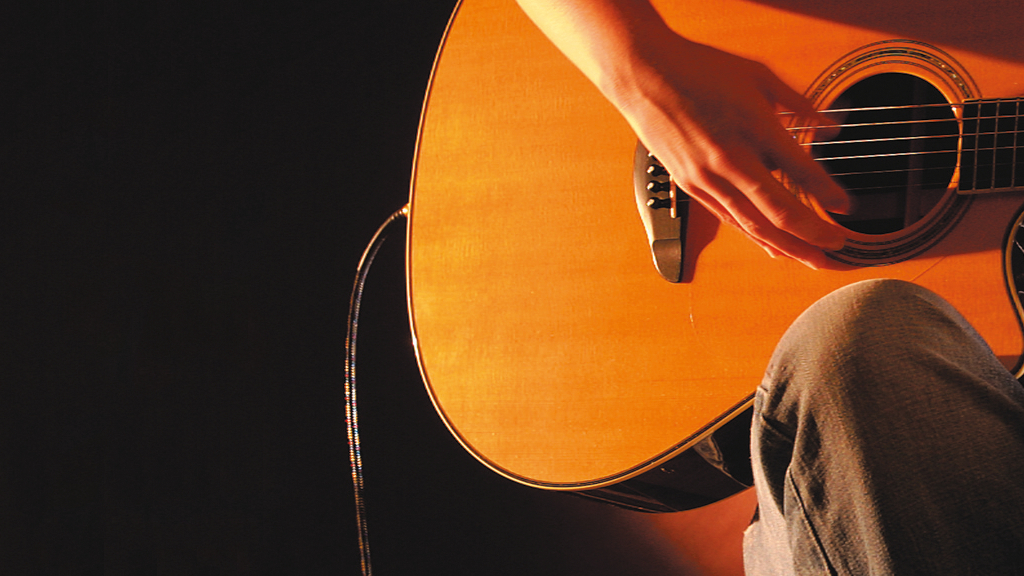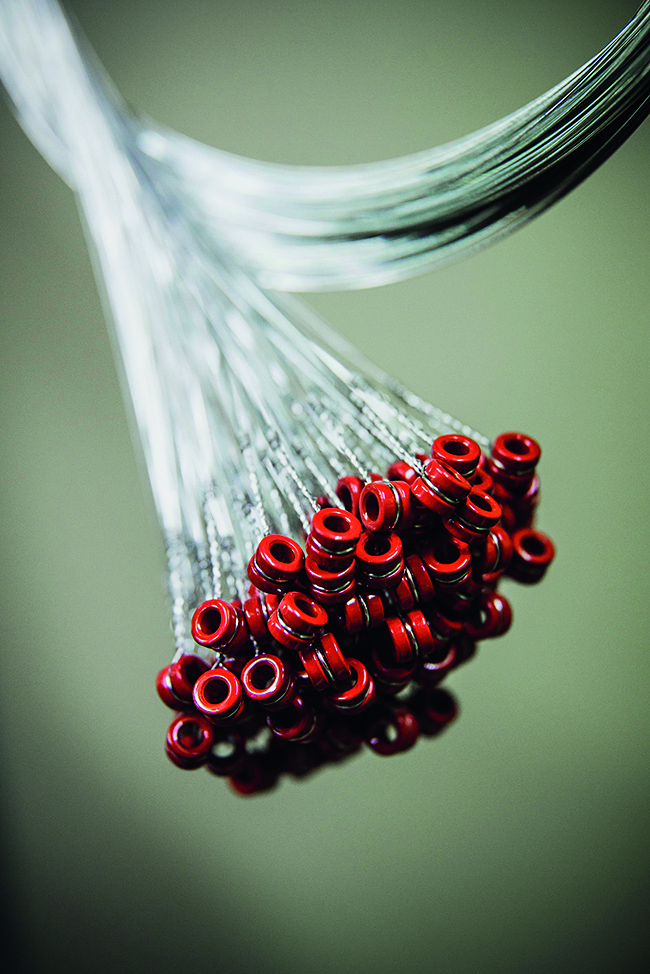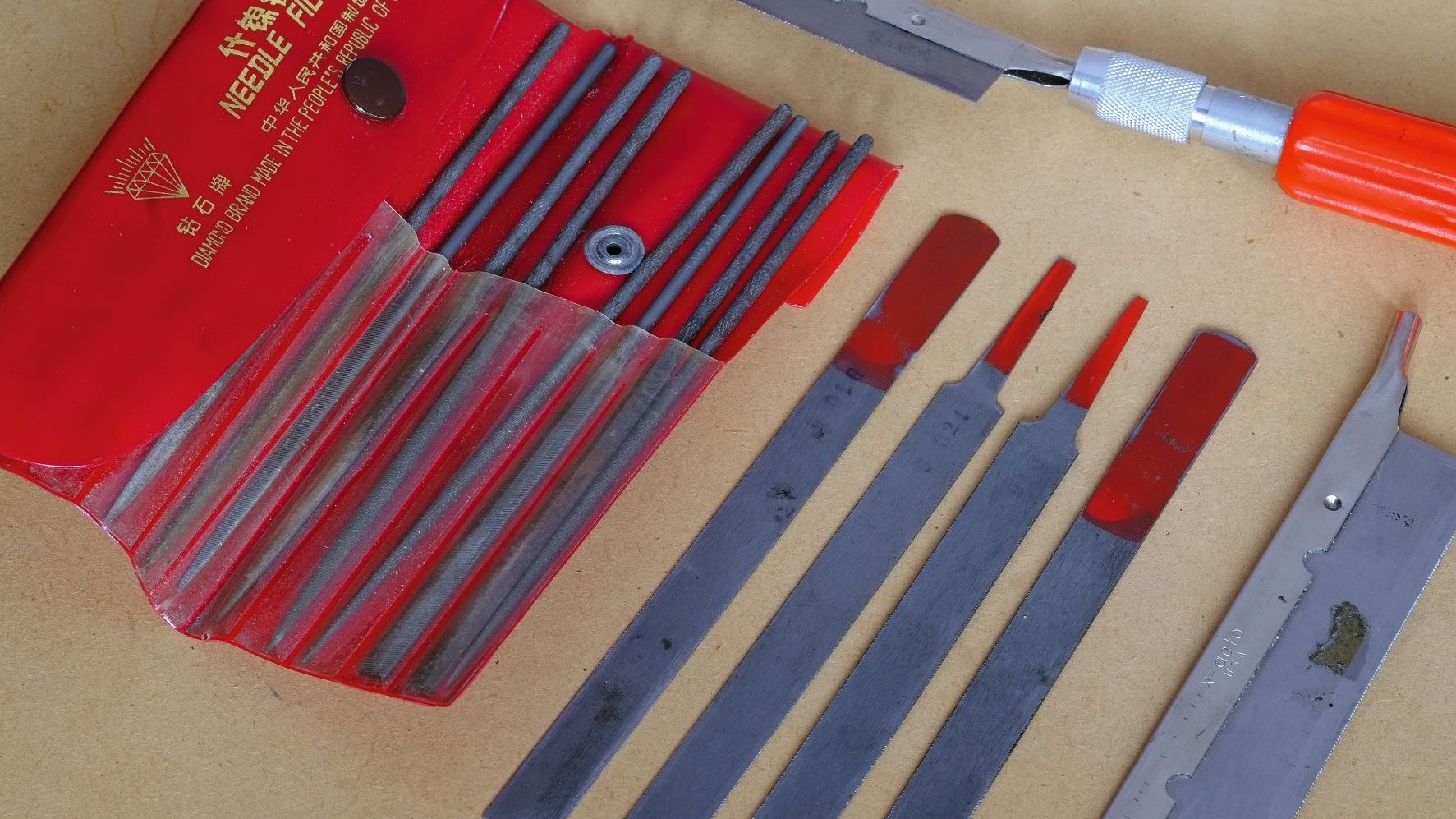Acoustic Recording Made Easy: How to Choose and Set Up Your Studio Guitar
Preparing your instrument for the studio environment.

We’ve covered home studio setup in the past couple of instalments of ‘Acoustic Recording Made Easy’ (see ‘Getting Set Up to Record’ and ‘Studio Supplements’.) This time around, we’re going to focus on how to select our primary acoustic guitar for recording and get our tools prepared so that they work best for us in the studio environment. As you’ll see, the choices we make here will have a significant impact on how things go down when the red light turns on.
Pick a Main Guitar
If you own a single acoustic guitar, even a modest one, you have plenty to be thankful for. As Santa Cruz Guitars guru Richard Hoover likes to say, “That’s enough to create a song that can change the world.”
If you have two or more, that’s even more reason to be appreciative. And if you’re fortunate enough to have multiple versions of similar instruments, consider designating one of them as your primary recording instrument.

Of course, certain types of acoustic guitars will be more appropriate than others for some types of parts or recordings. For example, steel-string acoustics sound different than nylon-string and resonator guitars, but acoustic guitars also vary in sound depending on their size, materials, body shape and more.
In general, it’s best to choose one guitar to serve as the workhorse for your signature sound. Here’s how: Using your various guitars, record the same parts on a few different tunes with the exact same settings, and make an informed choice about which instrument sounds best.
Vintage acoustics generally sound warm, which makes them ideal for the studio. Often, they’re relegated to the studio due to their lack of stage-worthy electronics. If you have one guitar that’s more valuable or considerably more fragile, be smart and keep it in the studio. Let another one bear the scars of the road and the high risk of being damaged by an increasingly unconcerned airline industry.
String Up Strong
Use heavy strings. Lighter strings are generally easier to play, and that benefit may take precedent when onstage, but heavier strings produce bolder tone with better sustain, and that can make a meaningful difference to your recordings. Heavier strings also help you focus more on your playing, as each note truly carries more weight, and that can yield a stronger performance when you’re in the studio.
All the latest guitar news, interviews, lessons, reviews, deals and more, direct to your inbox!

Whether or not to use a fresh set of strings for a session depends on the nature of the acoustic part. If your part is particularly percussive or demands the purest tone, then a new set is best. If the song is a smooth strummer or something stylistically traditional, such as a Delta blues, older strings are appropriate and sound authentic. How often do you think Robert Johnson got his hands on a set of shiny new strings?
If you want to minimize the steely sound and string noise, and hear more of the guitar’s inner character, consider a mellower steel-string set, such as D’Addario’s Nickel Bronze, Martin’s Retro or Ernie Ball’s Earthwood Phosphor Bronze.
Suit Your Style
How does your stage performance style compare to your studio style? You may prefer to stand onstage but sit down to write and record. It may even be worth adjusting your guitar’s setup to the occasion. For example, you may wish to sacrifice a bit of string buzz in a live performance for the sake of having lower action. But overt string noise in the studio is a track killer, in which case you may want to raise it high enough to prevent it.

Maybe you mostly play in standard tuning and use a pick when performing, but you experiment with open tunings, fingerstyle and slide playing in your home studio. Set your guitars up for the situation. How often you gig and record matters. If you do plenty of both, you’ll want your live acoustic to be ready to roll for a gig at a moment’s notice and have the primary studio acoustic ready to record when inspiration strikes.
Clearly, playing in the studio is entirely different from performing onstage. Treat each situation accordingly, and you’ll find you’ll play and sound at your best every time.
Jimmy Leslie is the former editor of Gig magazine and has more than 20 years of experience writing stories and coordinating GP Presents events for Guitar Player including the past decade acting as Frets acoustic editor. He’s worked with myriad guitar greats spanning generations and styles including Carlos Santana, Jack White, Samantha Fish, Leo Kottke, Tommy Emmanuel, Kaki King and Julian Lage. Jimmy has a side hustle serving as soundtrack sensei at the cruising lifestyle publication Latitudes and Attitudes. See Leslie’s many Guitar Player- and Frets-related videos on his YouTube channel, dig his Allman Brothers tribute at allmondbrothers.com, and check out his acoustic/electric modern classic rock artistry at at spirithustler.com. Visit the hub of his many adventures at jimmyleslie.com
